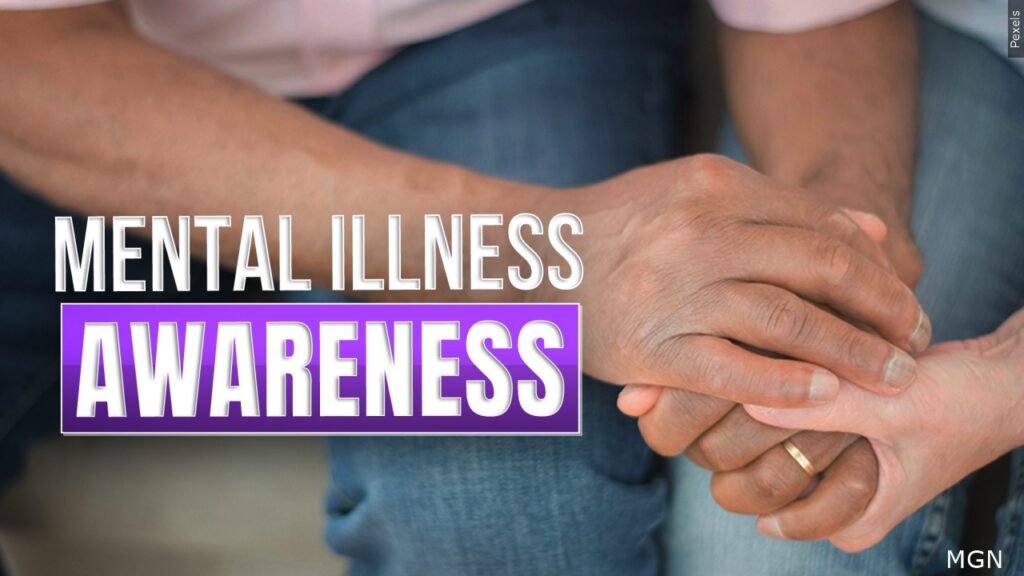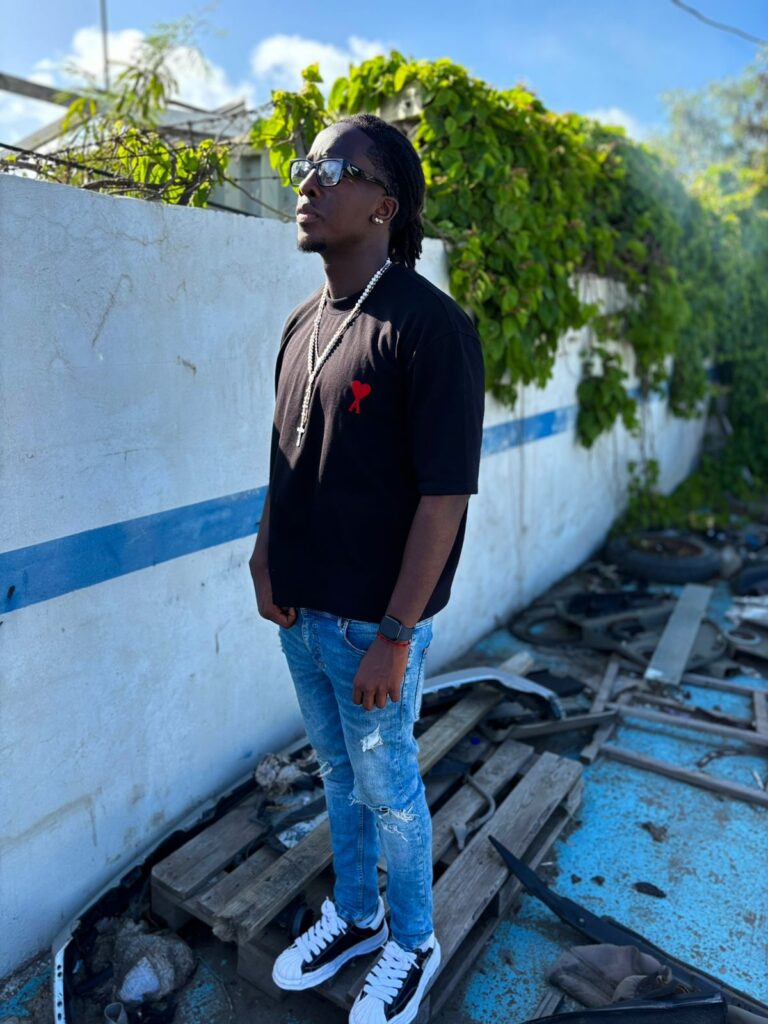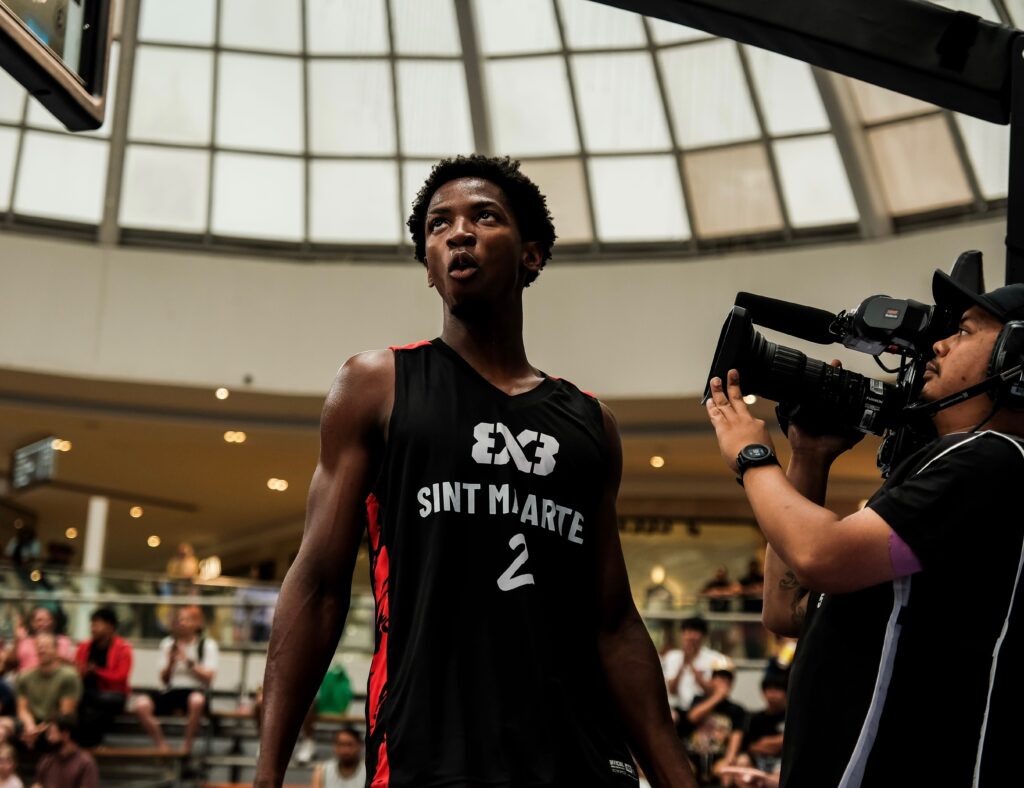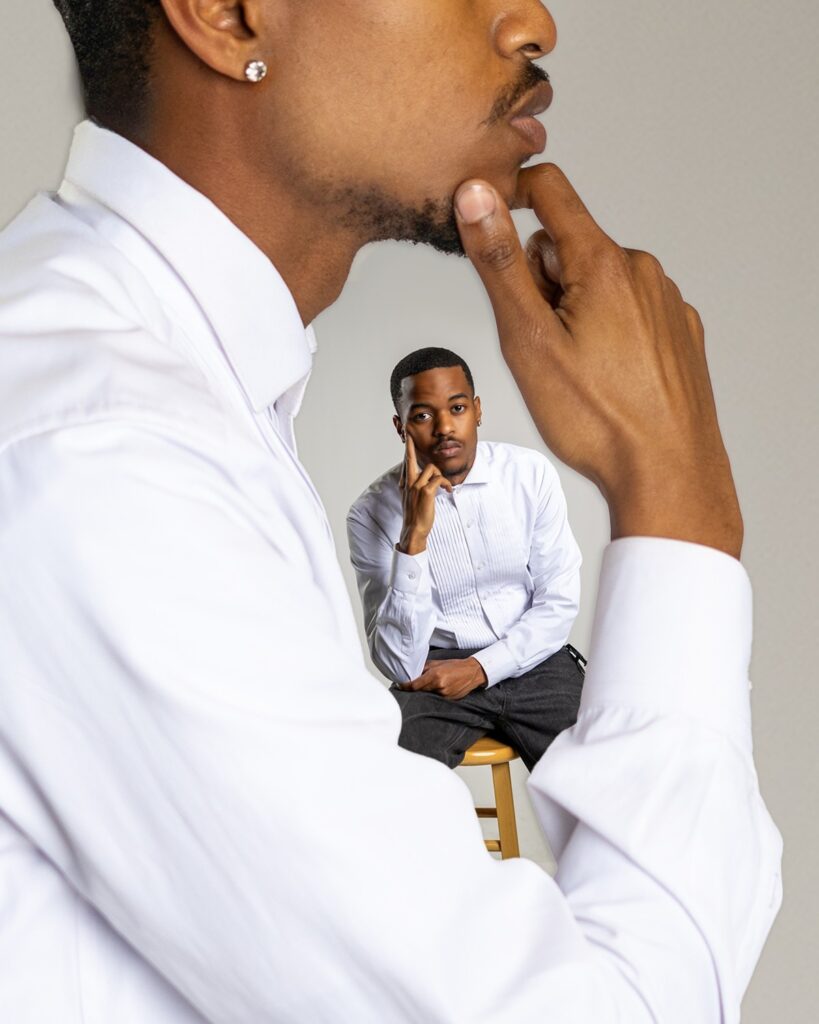The history of Black swag is deeply rooted in a rich cultural heritage and a legacy of resilience. From the dapper attire of the Harlem Renaissance to the flamboyant style of the 1970s disco era, Black people have always embraced fashion as a means of expressing their identity, creativity and pride. This intrinsic sense of style and fashion has trickled down to HBCUs, where a vibrant and cultivating culture of fashion has blossomed. HBCUs all over the country have nurtured and celebrated diverse forms of self-expression through clothes, providing platforms for students to showcase their unique style and originality. And through its historic hallways and over the decades, Florida A&M University(FAMU) has been a melting pot of diverse and unique fashion styles on campus.
1960’s: REVOLUTIONARY
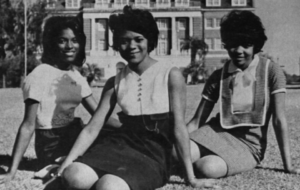
In the 1960s, FAMU students embraced the fashion of the era. With the rise of the Civil Rights Movement and the Black Power movement, students donned Afro hairstyles and colorful dashikis. Both men and women expressed their pride in their African heritage through traditional attire and accessories. This was a time of cultural awakening, and FAMU students played an active part by showcasing fashion that reflected their roots.
1970’s: GROOVY
The 1970s witnessed a shift towards a more relaxed and free-spirited fashion sense. Bell-bottom pants, platform shoes, and colorful prints were all prominent fashion trends. Students rocked vibrant patterns and embraced bohemian-inspired outfits. This era was after the “Black is Beautiful” movement, but students were still inspired by sporting blended elements of African fashion with the styles of the time.
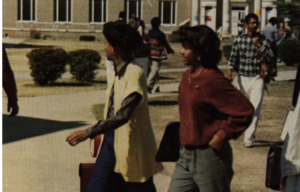
Stanley Johnson, photographer, a former FAMU alumni and current professor, has distinct memories of the fashion trends that were alive on campus during the late 70’s.
“…There was still influence from the [Black] Panthers in the late 70’s on campus, so people had their hair in afros and dressed very afrocentric.”
1980’s: VIBRANT
The 1980s marked a period of bold fashion statements. FAMU students were influenced by the emergence of Hip-Hop culture and embraced oversized clothing, flashy colors, and athletic wear. Crop tops, acid-washed jeans, and neon accessories were all popular choices on campus. This era was all about making a statement and standing out from the crowd. Black artists played a key role in challenging fashion norms and setting trends during this era. Icons such as Michael
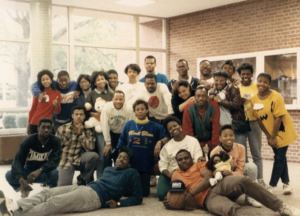
Jackson, Prince, and Salt-N-Pepa not only captivated audiences with their music but also became fashion influencers, embracing daring outfits, unique accessories, and distinctive hairstyles. Their fearless self-expression trickled down to various communities, including FAMU’s campus, where students embraced the latest fashions inspired by these influential black artists.
1990’s: FRESH
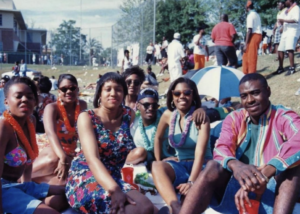
The 1990s witnessed a fusion of various fashion trends. Students displayed their individuality by mixing and matching styles. Hip-Hop artists and their fashion choices were a staple of the era’s youth culture, influencing a widespread urban clothing trend. Brands like FUBU, Karl Kani, Sean John, Rocawear, Cross Colours, and Phat Farm not only gained immense popularity and brought a fresh and urban aesthetic to mainstream fashion. The oversized apparel, baggy jeans, flannel shirts, bamboo earrings, baseball caps, graphic tees, and grunge-inspired fashion associated with Hip-Hop style became iconic representations of the electrifying energy that defined the 1990s. With their bold designs and unapologetic attitude, urban clothing brands of the 1990s revolutionized fashion and left an indelible mark on the world of streetwear, and it was shown on FAMU’s campus.
Damian Scott, a first year Cybersecurity student, wishes he could go back and experience 90’s fashion.
“In my generation we don’t have what the 90’s had. We’re trying to duplicate it, but we are doing it wrong,” Scott said.
NOW: DRIP
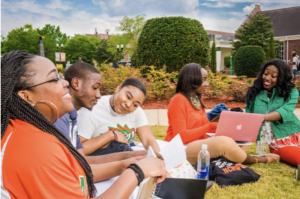
Moving into the 21st century, students continued to embrace trends while adding their unique touch with students taking inspiration from influencers and celebrities. Campus style at FAMU now encompasses a mix of streetwear, athleisure, contemporary fashion trends, and 90’s inspiration all while maintaining a sense of individuality and self-expression.
FAMU VINTAGE
Created to celebrate the rich history of fashion at FAMU, the Instagram page, @famuvintage, was created by a 2019 FAMU alum, Nathaniel Hicks, and curates a collection of never seen before photos showcasing the campus’s versatile fashion trends over the decades. From the vibrant styles of the 1960s to the bold statements of the 1980s and beyond, @famuvintage offers a visual journey through the decades, highlighting the unique and ever-evolving fashion scene at FAMU.
With almost 7k followers and over 600 posts on instagram, Hicks created this page wanting people to feel the nostalgia of FAMU while scrolling on the page.
“If people don’t take anything away from my page, I want them to know the importance of living in the moment and I want current and future rattlers to see how much fun our ancestors had during their time on the hill,” Hicks said.


